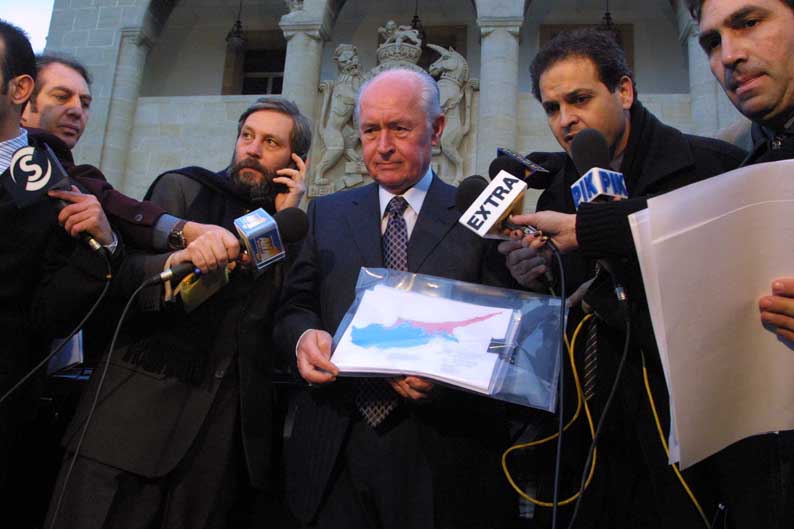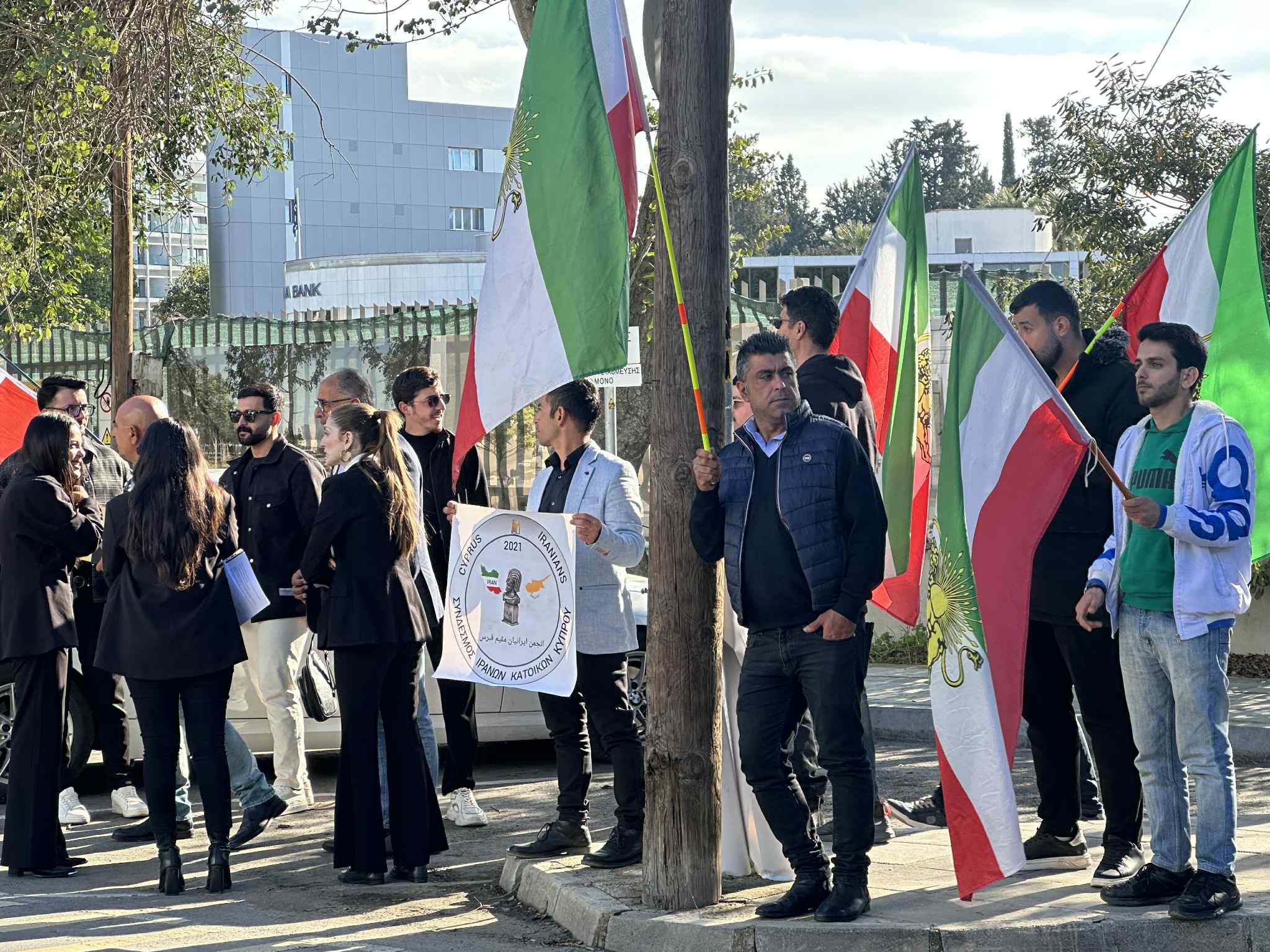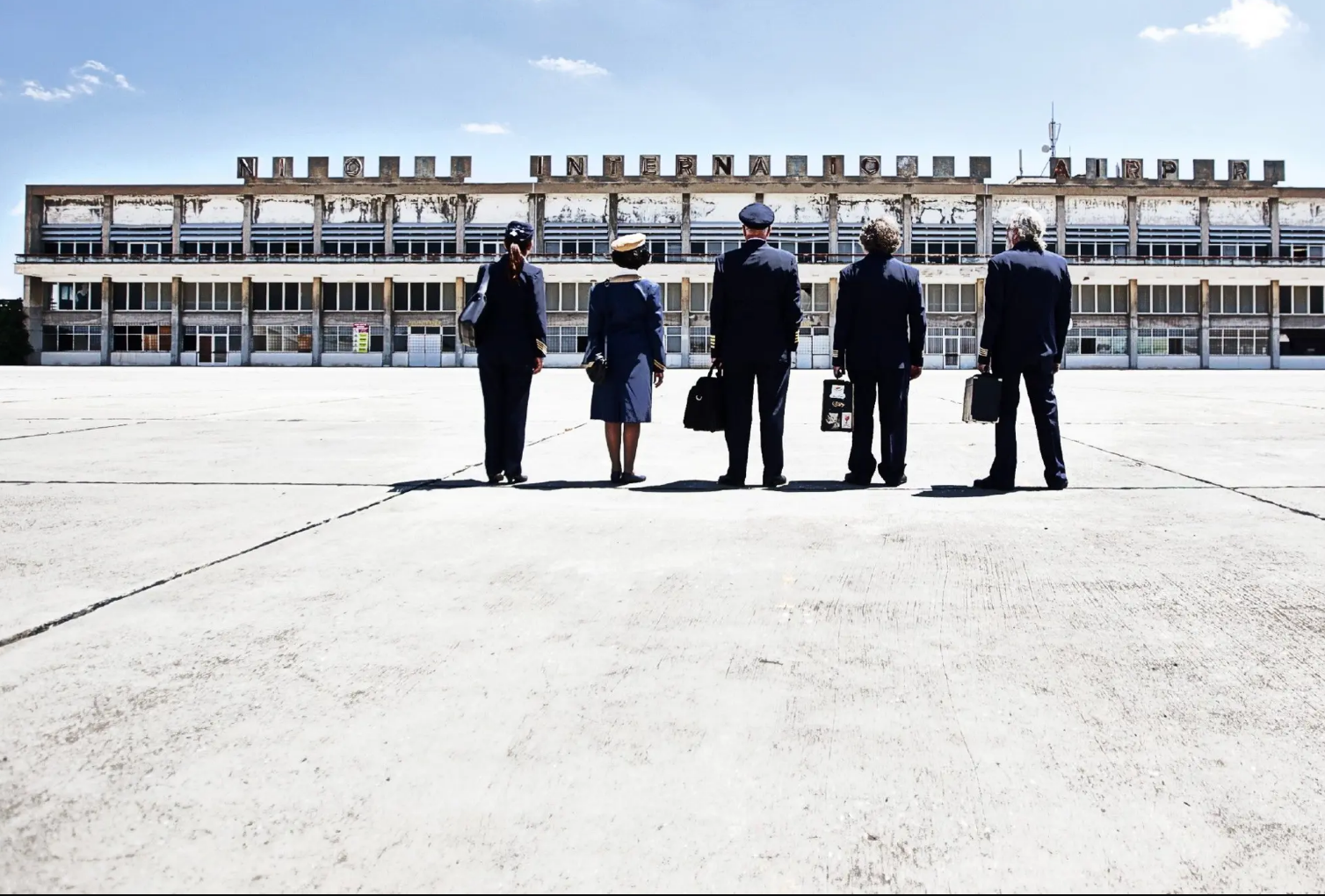The United States government is looking for a “different way” to get aid from Cyprus to Gaza, Pentagon spokeswoman Sabrina Singh said on Friday.
With the temporary jetty which had been constructed off Gaza’s coast now out of action for a week after breaking up in inclement weather and currently undergoing repairs at the Israeli port of Ashdod, the US are now looking for alternative routes until the jetty returns to operation.
Singh also confirmed that “there hasn’t been aid flowing in off the pier … so there hasn’t been aid flowing in from the marshalling area further into Gaza” since the jetty broke a week ago.
She added that the US Agency for International Development and its partners are now trying to figure out “faster, efficient ways to get the aid that’s already in Cyprus into Gaza.”
Additionally, she her remarks from earlier in the week that the loading of ships with aid in Larnaca is continuing.
“So, when we are ready to re-anchor the jetty into Gaza, this [aid] is already preloaded onto our vessels and things can roll off almost immediately,” she said.
However, despite Singh’s optimism, it is still unclear when the jetty will be re-anchored to Gaza and when it will once again be operable.
Singh had said on Tuesday night that it was expected that all four vessels which had been stabilising the pier and then ran aground on a beach near the Israeli town of Ashkelon after “breaking free” from their anchors would all be recovered within 48 hours.
However, as of Friday morning, two of the ships are still beached, with their recovery “ongoing”.
She also added that the jetty’s repairs will take “over a week”, before it will have to be towed back into Gaza, meaning that it will likely not be operable until well into June.
The matter of the jetty’s cost was also raised, with Singh confirming that despite the damage and the required repairs to the jetty, the US government’s cost estimate for the jetty remains at $320 million (€296m), the figure it had estimated at the start of the month.
At the time, US Senator Roger Wicker had said the cost is around double that of the original estimates.
“This dangerous effort with marginal benefits will now cost the American taxpayer at least $320m to operate the pier for only 90 days,” Wicker, a Republican from Mississippi, said.
He added, “for every day this mission continues, the price tag goes up and so does the level of risk for the 1,000 deployed troops within range of Hamas’ rockets,”
Despite the setbacks, Cypriot government spokesman Konstantinos Letymbiotis had insisted on Thursday that the Amalthea humanitarian aid corridor has “not ceased operations”, and that aid is continuing to depart from Cyprus “regularly”.
The aid corridor’s problems come days after a total of 20 humanitarian aid agencies described the jetty’s creation as a “cosmetic change”.
Reacting to recent events in Gaza, including the bombing of a tent camp by Israel, they said, “the ability of aid groups and medical teams to respond has now all but crumbled, with temporary fixes such as a ‘floating jetty’ and new crossing points having little impact”.
They added that “systematic obstruction”, “intensified hostilities”, and “prolonged telecommunications blackouts” by the Israeli authorities have reduced the volume of aid entering Gaza to its lowest level in the last seven months.
“Announcements of additional crossing points and initiatives, including the new ‘floating jetty’, have given an illusion of improvement, but have largely amounted to cosmetic changes,” they said.
They also pointed out that just over 1,000 lorryloads of aid entered Gaza through all ports of entry in the three weeks between May 7 and May 27 – a figure they described as “alarmingly low” given the “skyrocketing humanitarian needs of Gaza’s 2.2 million people”.
The major issue at Cyprus’ end of the corridor, that port operator Kition Ocean Ports had its contract torn up by the government and then sent notice of dismissal to all its workers, appears to now have been solved thus far, with the Cypriot government having reached a deal to ensure the workers’ continued employment at the port while the government searches for a new operator.







Click here to change your cookie preferences